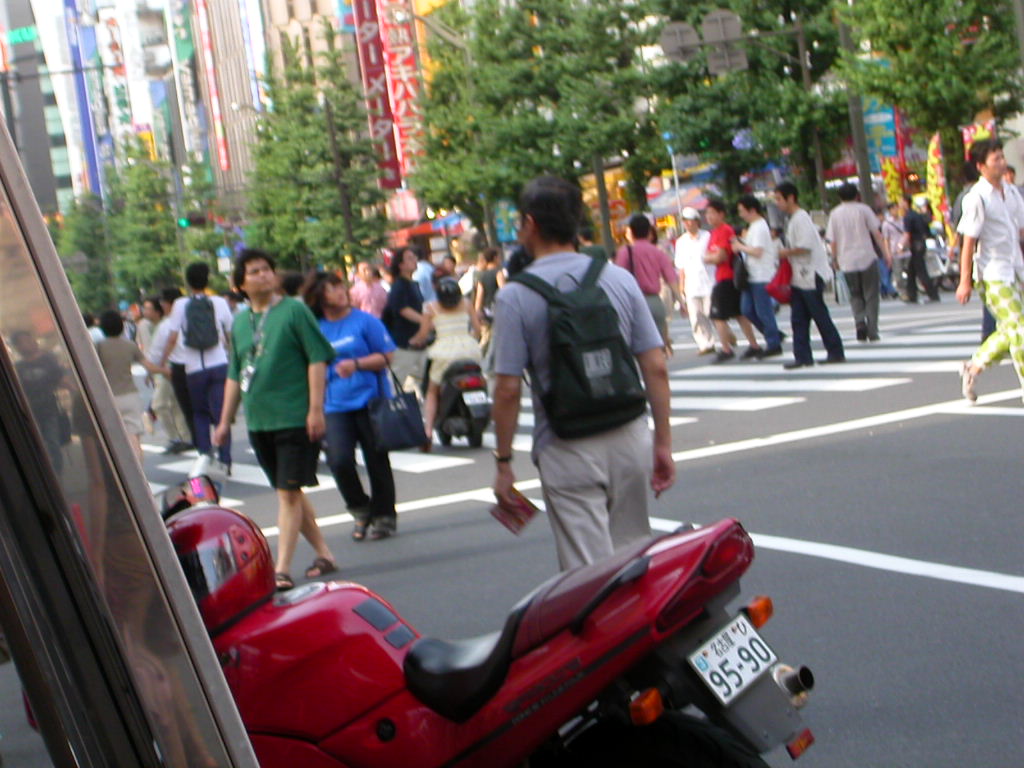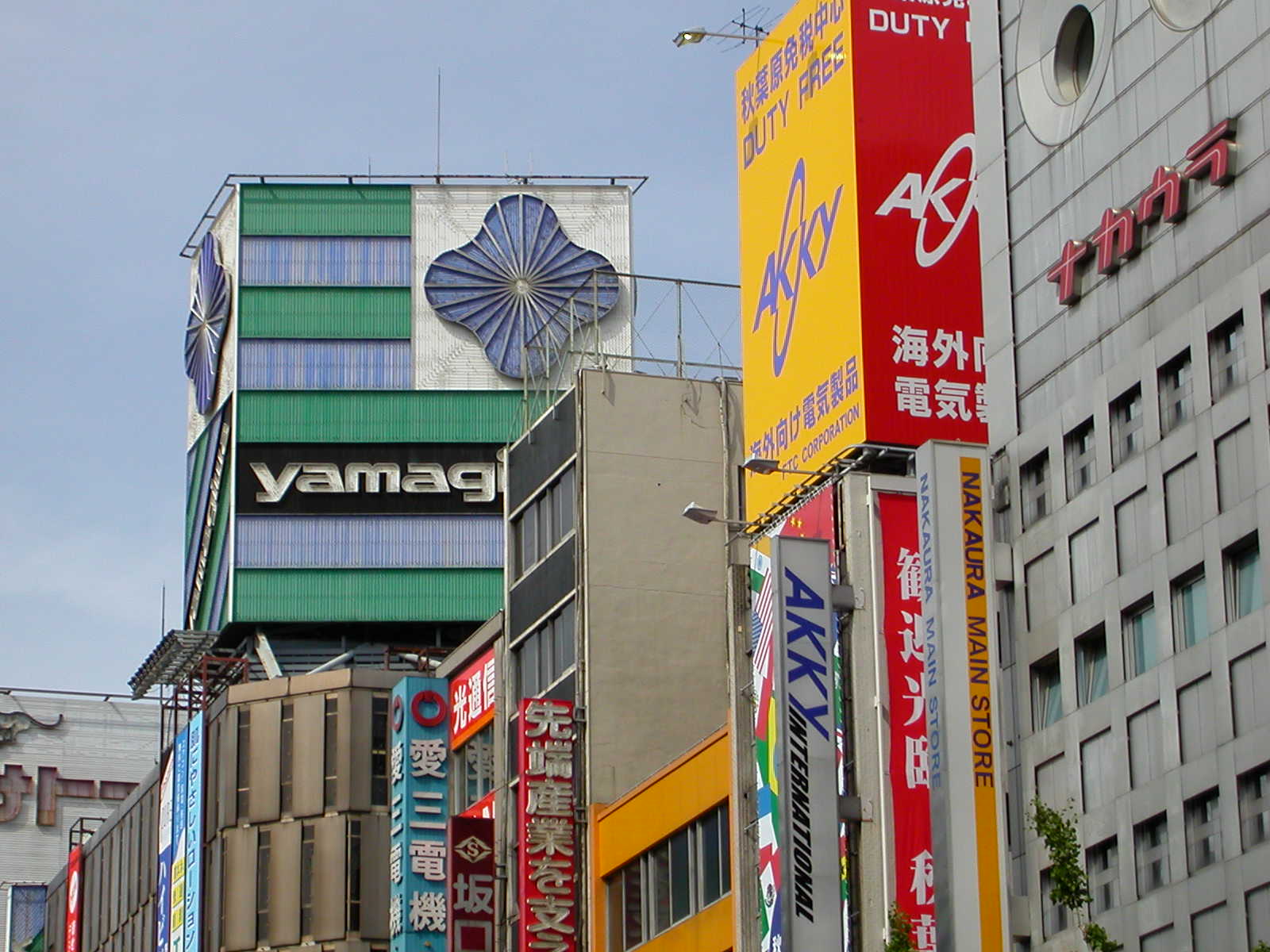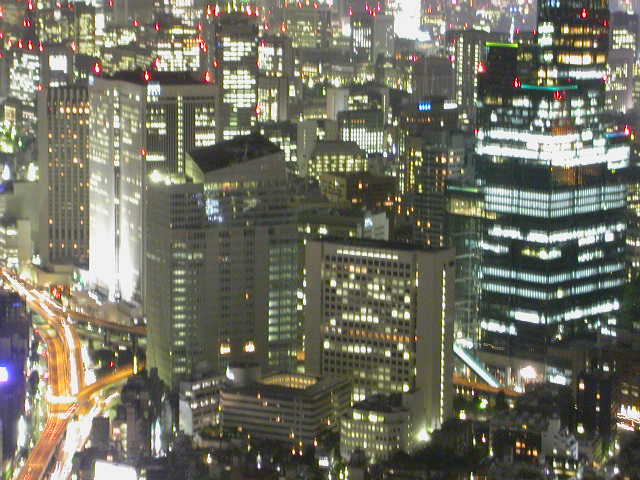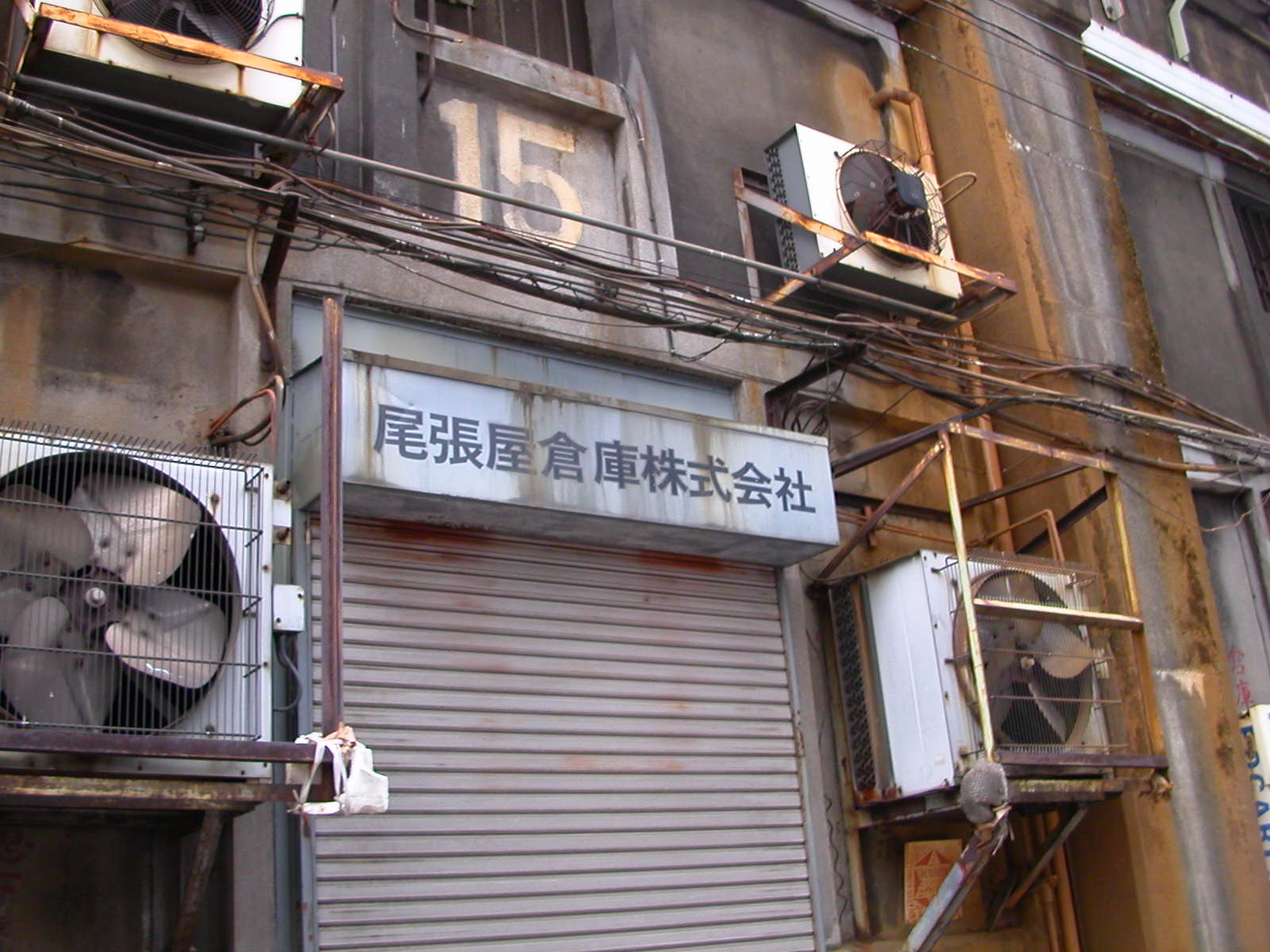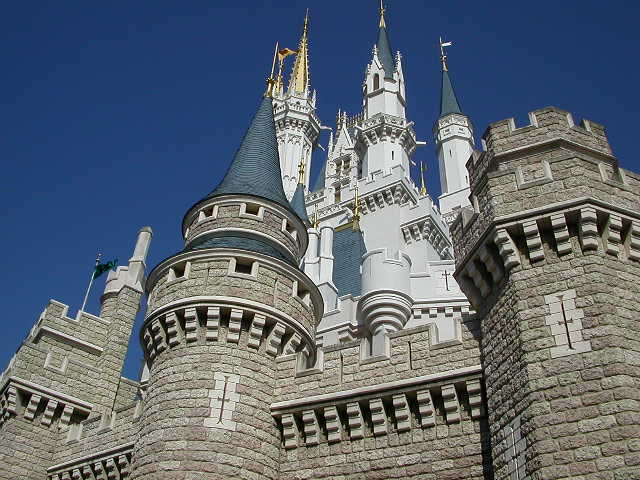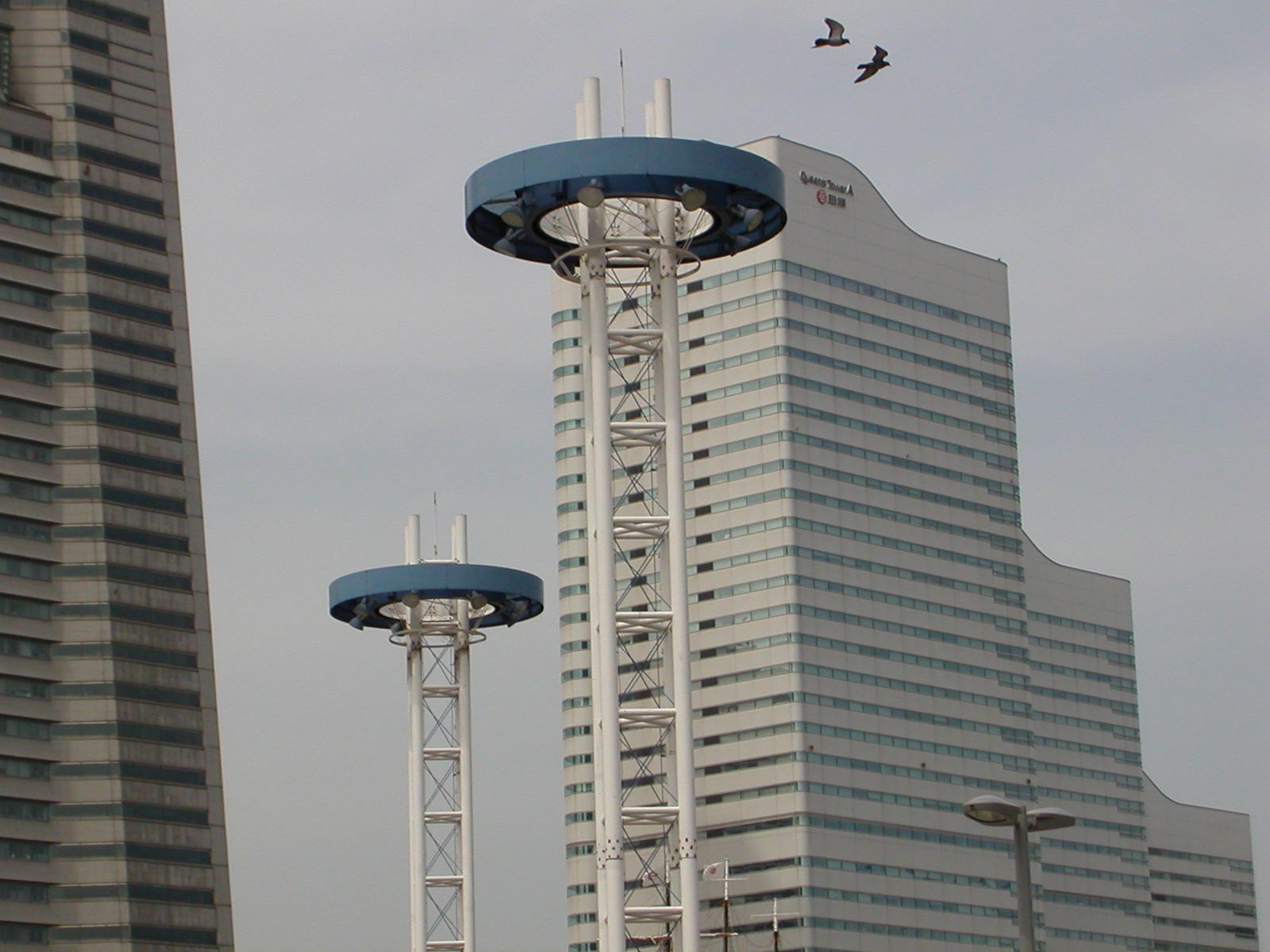"Around the vast Yanaka Reien (Cemetery Park) famous for its beautiful cherry blossoms, there stand as many as 70 temples (eds note: "you read that right: 70 temples in a small area of old school Tokyo. They are all unique, and you can read about some of them further down in this piece.) At Nezu-jinja Shrine, a flower festival attended by many tourists is held when their 3000 azaleas come into blossom in April and May. There are also many galleries in this area including unique buildings such as the Asakura Chosokan, which used to be the studio of a famous sculptor, a modern art gallery SCAI THE BATHHOUSE, which is built in a renovated public bathhouse and the 'Space Oguraya' art gallery, which used to be a pawnshop. Craftsmen who keep alive traditional techniques also reside in this area.
"Accessories made from tortoise shell and Japanese sandals called Geta and Zori are much-appreciated souvenirs of Japan. It is even fun just to watch confectionaries being baked, especially Senbei (rice crackers) and Taiyaki, fish-shaped pancakes filled with sweet bean paste."
As with other parts of Japan such as nearby Ueno, one of the best ways to experience Ya-Ne-Sen is to walk.
Stroll the backstreets of a quiet local area and experience what life is like for the locals: https://t.co/Whcth3n4qx pic.twitter.com/OOxZ99xplM
— Tokyo Cheapo (@TokyoCheapo) July 8, 2019
But even Ya-Ne-Sen is changing, and being encroached upon and engulfed by the forces of Sameness which characterize the capitalist world order. On Shelley's Journal, you can see an example of this: "The first apartment I ever rented in Japan," the author relates, "was in Ueno Sakuragi, in Tokyo's Taito-ku Ward, overlooking Yanaka Cemetary and a short walk from old Yanaka itself. I loved the old temple suburb of Yanaka, a unique slice of bygone Edo in downtown Tokyo. Full of traditional old houses, shrines and temples, it was just my kind of location. Unfortunately in those days it proved to be just a little too inconvenient to work there, so after a year I reluctantly moved out to Tokyo's "Yamate" uptown.
"I remember my favourite street in Yanaka contained a long unbroken line of wooden traditional houses from one end to the other, wonderfully preserved, it was absolutely entrancing. Two years or so after having left the area I went back to see the place again. I was in for a massive shock. The street of old houses that I'd loved so much was largely gone! Those rare and charming testimonies to a previous Tokyo had been replaced with prefabricated white shoe-box monstrosities. The adjoining main street had a garish convenience store plonked right in the middle. I was disgusted. "Why do they have to DO that!!!!???? Why must they destroy it all?" I raged.
"Many years have passed since then. I've come to understand the reasons for pulling down traditional houses, though I still find it hard to accept. "This is not like Europe... old wooden houses are cold, unsanitary, unsafe" etc etc. I've lived in a variety of areas in Tokyo, but never again in a truely old town like Yanaka. I've no wish to be disgusted again. After a few years here you come to realise that modern apartments are infinitely more comfortable to live and work in (in fact our new place is a brand new apartment). But for me visually at least you can't beat Japanese traditional architecture and the natural environment. It's desperately important for me to have trees near at hand..."
Enjoy this part of Tokyo while it lasts. If you visit, here are some of the attractions you might be expected to stumble in upon:
y a - n e - s e n - u n m a s k e d
 Yanaka Cemetery.
Yanaka Cemetery.As Frommers report on their Tokyo walking guide, Yanaka has been famous for its large concentration of temples since the Edo Period, when most temples and shrines were removed from the inner city and relocated to the outskirts in an attempt to curb the frequent fires that ravaged the crowded shogunate capital. Not only did the religious structures' thatched roofs ignite like tinder, but the land they formerly occupied would subsequently be cleared and left empty, to act as fire breaks in the otherwise densely populated city. Furthermore, temples on the edge of town could double as forts to protect Edo from invasion. The only invasions Yanaka suffered, however, were friendly ones, as townspeople flocked here to enjoy its peacefulness, wooded hills, paddies, clear streams, and majestic temple compounds. It wasn't long before the wealthy began building country estates here, followed by artists and writers who favored Yanaka's picturesque setting and cool breezes (eds. note: the picturesque setting and cool breezes are still here, especially at the lanquid height of summer!)
"One of Tokyo's few old quarters to have survived both the 1923 Kanto earthquake and firebombs of World War II, Yanaka is also largely residential, with narrow lanes, small houses, and a few unique museums and traditional shops tucked here and there among the gently sloping hills. Because there are no major attractions or department stores here, the atmosphere of this stroll is markedly different from the bustling liveliness of the previous walking tours -- there are no crowds and there's very little traffic. Rather, a trip to Yanaka is like a visit to a small town, where the pace of life is slow and the people have time for one another. If Tokyo is starting to wear on your nerves, come here to refresh yourself."
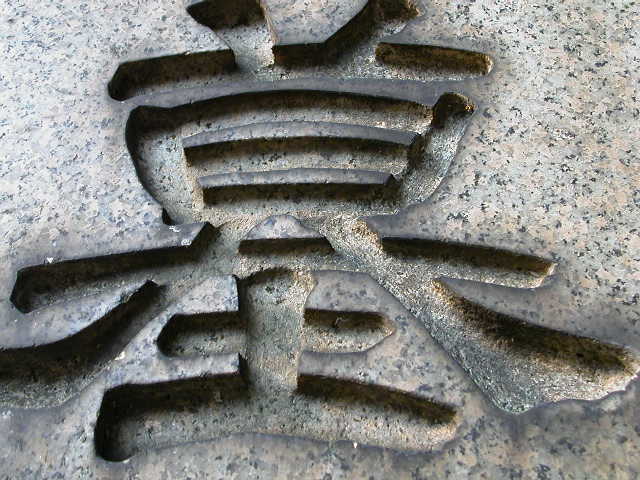 At the heart of Yanaka is the huge Yanaka Cemetery. A number of えらい人 (important people) are buried in Yanaka Cemetery, although none of them will be known to Westerners. If you are walking around Yanaka, you might find the tomb of a certain Nakamura Masanao (that's Masanao Nakamura according to the Western family-name-last naming system). It doesn't look particularly impressive, but Nakamura's grave gets the plaque treatment, so he must be something of a national icon (or at least a local icon). According to the plaque, Nakamura was a Meiji Era educator and administrator and "enlightenment scholar", born in Edo in 1832. In 1886 he accompanied Japanese students to England (as a chaperone) to give them a taste of life in the West. In 1872 he was employed as an interpreter by the Meiji Government. The next year he established the Dozinsha (some kind of body), and through this organisation he made efforts to help the education of women and the handicapped. He also worked as a professor at the Tokyo Imperial University, and was a Member of both the Japanese Senate and Upper House. This is hardly a grave as famous as those of Andersen in Copenhagen or Karl Marx in London, but nonetheless, it gives you a little insight into the history and development of Japan as a nation...
At the heart of Yanaka is the huge Yanaka Cemetery. A number of えらい人 (important people) are buried in Yanaka Cemetery, although none of them will be known to Westerners. If you are walking around Yanaka, you might find the tomb of a certain Nakamura Masanao (that's Masanao Nakamura according to the Western family-name-last naming system). It doesn't look particularly impressive, but Nakamura's grave gets the plaque treatment, so he must be something of a national icon (or at least a local icon). According to the plaque, Nakamura was a Meiji Era educator and administrator and "enlightenment scholar", born in Edo in 1832. In 1886 he accompanied Japanese students to England (as a chaperone) to give them a taste of life in the West. In 1872 he was employed as an interpreter by the Meiji Government. The next year he established the Dozinsha (some kind of body), and through this organisation he made efforts to help the education of women and the handicapped. He also worked as a professor at the Tokyo Imperial University, and was a Member of both the Japanese Senate and Upper House. This is hardly a grave as famous as those of Andersen in Copenhagen or Karl Marx in London, but nonetheless, it gives you a little insight into the history and development of Japan as a nation...
As Frommers reported on the aforementioned site: "Once the burial grounds of Kanei-ji and Tennoji temples and opened to the public in 1874, this is one of Tokyo's largest cemeteries. Among its more than 7,000 tombstones are graves belonging to famous public figures, artists, and writers, some of whom lived in the area. Among the most famous writers buried here are Soseki Natsume (1867-1916) and Ogai Mori (1862-1922), both novelists of the Meiji Era and longtime Yanaka residents. Natsume, whose portrait is featured on the 1,000-yen note, became famous after writing I am a Cat, a humorous look at the follies of human society as seen through the eyes of a cat. Ogai, who at 19 was the youngest graduate ever from the medical school at Tokyo University and who later became surgeon general, was a foremost figure of modern Japanese literature. His works tried to bridge the gap between the traditional and the modern, as Japan moved away from its feudal agrarian past.
"Today the cemetery is quite peaceful and empty, but it wasn't always so. During the Edo Period, teahouses along its edge served more than tea, with monks among their frequent customers. One of the teahouse beauties, Osen Kasamori, achieved fame when ukiyo-e master Harunobu immortalized her in several of his works. Most poor girls were always looking for patrons, not necessarily one-night stands."
The easiest way to get to Yanaka is take the Yamanote Line to Nippori, which is one stop down the track from my house at Uguisudani. Take the south exit (the end closest to Ueno Station), and turn left for the west exit. Look for the flight of steps beside a map of the area.
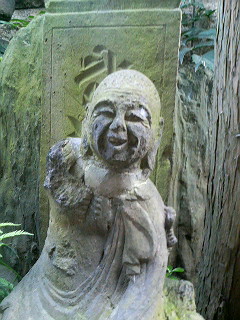 Choanji Temple: 5-2-22 Yanaka, Taito Ward.
Choanji Temple: 5-2-22 Yanaka, Taito Ward.
Established in 1669, it was dedicated to the god of longevity, one of Japan's seven lucky gods. During the Edo Period, a pilgrimage to all seven temples, each housing one of the seven gods of fortune, was thought to bring good luck. Now that such pilgrimages have lost their appeal, Choanji seems rather forgotten.
In Choanji Temple there are 3 stone board stupas known as itabi. Choanji is said to have been established in 1669. Before then, there was a temple of the Shingon sect on the site.
Also contains tomb of Meiji Era painter Kano Hogai.
Tennoji Temple.
Founded more than 500 years ago, this used to be a grand and impressive complex, 10 times its present size and popular among townspeople as one of Edo's three temples authorized to hold lotteries. The lotteries, however, drew such huge crowds and got so out of hand that they were banned in the mid-19th century by the Tokugawa shogunate. Then, in 1868, most of the complex was destroyed in the battle between Tokugawa loyalists and imperial forces on nearby Ueno Hill. Today, Tennoji is quiet and peaceful, with neatly swept grounds and the soothing sounds of chirping birds and chanting monks. The first thing you see upon entering the compound is a seated bronze Buddha, which dates from 1690 and is one of the temple's dearest treasures. Nearby is a standing bronze jizo, guardian of children's spirits. It was erected by a grieving father more than 60 years ago, following the death of his son in a playground accident; a relief at the base depicts boys playing in school uniform. There's also a small stone statue of the Kannon, goddess of mercy.
Temple Zenshoan.
Ce temple a été fondé par YAMAOKA Tesshu (1836-1888), un grand maître du sabre et de la calligraphie. Il est enterré ici, ainsi que San-yutei Encho, le conteur de « rakugo » (chansonnier).
Un service religieux est donné en commémoration de Encho, pionnier en matière de « rakugo »
durant l’ère Meiji. La collection d’images de fantômes de la collection de Encho est également exposée dans ce temple.
Contact the author Rob Sullivan at coderot@gmail.com. Anticopyright February 2005/July 2004.
![]()
|
||||||
